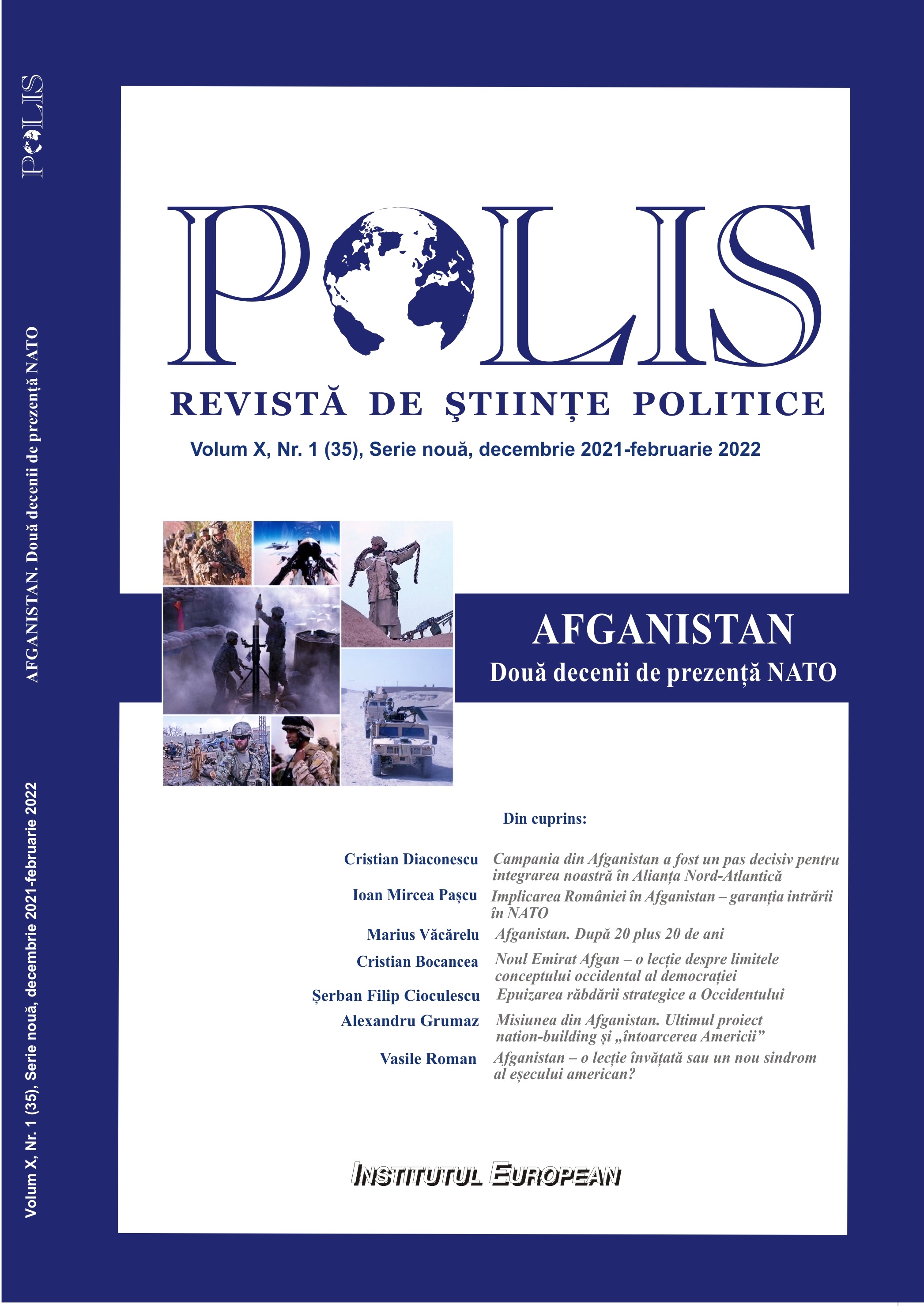Dinamica echilibrului de putere în Marea Neagră (I). Situația până în anul 2021
Power Balance Dynamics in the Black Sea (I). Situation by 2021
Author(s): Andreea Adina PopaSubject(s): Politics / Political Sciences, Political Sciences, Security and defense, Military policy, Peace and Conflict Studies
Published by: Editura Institutul European
Keywords: Balance of Power; Black Sea; Military Power Balance; Military Strategy; Security Cooperation; Threat Balance Theory;
Summary/Abstract: Extremely important for Europe, the Black Sea region is an important meeting point for the East-West Corridors and the North-South Corridor. Control of the Black Sea could easily dominate continental Europe, especially the Balkans and Central Europe, as well as the Eastern Mediterranean, the South Caucasus, and the northern Middle East. There are three NATO members in the region (Bulgaria, Romania, and Turkey) and several NATO partner countries, so any instability or hostility in the region will directly affect the actions of the Alliance. In Warsaw, at NATO summit in July 2016 allied leaders stated that the actual policy of Russia that has reduced stability and security, increased unpredictability, and changed the security environment. The security of this special area is vital to trade and the prosperity of the whole region. At present, the geopolitical model of the Black Sea is complex and changing, so we are witnessing the redesign of the world order in the near future. The aim of the study is to analyze the model of threat balance theory developed by Stephen Walt from a quantitative and qualitative perspective and its adaptation through the author's vision to the context of the Black Sea region using advanced statistical methods to present the model customization for countries from this region. The statistical methods used (multidimensional scaling with Euclidean distance analysis based on scores obtained on a Likert - Osgood scale) for quantitative and qualitative analysis are complemented by a research desk analysis of data from official sources. The study will have two parts, respectively (I) The situation until 2021 which contains data for the period 2019-2021 inclusive and (II) The situation after 2021 which will contain data as well as the presentation of the situation starting with 2022 which will be published later. The intrinsic value of the whole study is given by the fact that it puts on the map the strategic security analysis in the Black Sea region, the model of the theory of threat equilibrium developed by Stephen Walt. The Black Sea region is still an important area of competition. This confrontation and the threat it poses can develop to the point where they will eventually push the world to the brink of a new war, but these issues can be resolved through diplomacy and calm, which is vital to the stability of the region.
Journal: Polis. Journal of Political Science
- Issue Year: X/2022
- Issue No: 1(35)
- Page Range: 149-164
- Page Count: 16
- Language: Romanian

